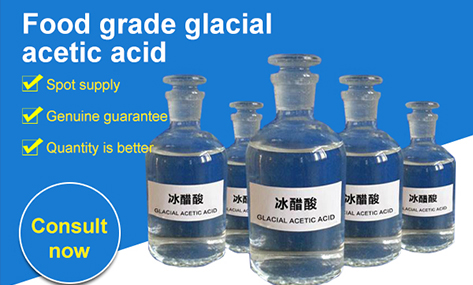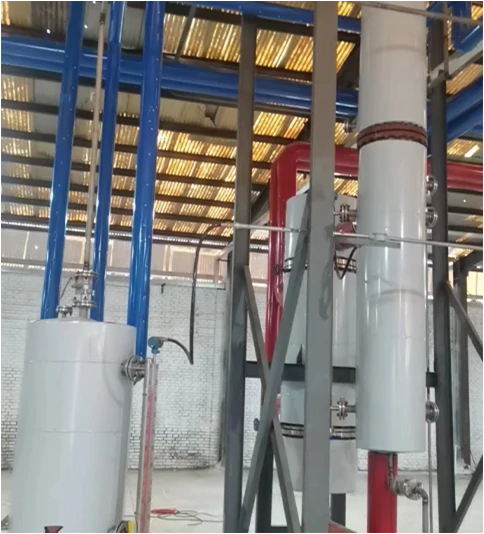
2 月 . 16, 2025 04:24 Back to list
what is difference between acetic acid and glacial acetic acid
Acetic acid, commonly recognized by its pungent odor and taste, serves as a foundation in many industrial and culinary applications. However, the term glacial acetic acid often appears alongside it, potentially creating confusion. An exploration of their differences necessitates an appreciation of their chemical nature, uses, and safety considerations.
The disparity in concentration brings about significant differences in handling and safety protocols. Vinegar is generally safe for household use, categorized as food-grade with minimal risks. Conversely, glacial acetic acid poses substantial health hazards if mishandled. Contact with skin can result in burns, while inhalation of vapors may irritate respiratory tracts. Stringent safety measures, including the use of personal protective equipment (PPE), proper ventilation, and secure storage, are imperative when dealing with glacial acetic acid. The material safety data sheets (MSDS) provide detailed guidelines for addressing spills, first-aid responses, and disposal methods, emphasizing the necessity of responsible management of glacial acetic acid in both scientific and industrial environments. Environmental Impact and Regulations The utilization and disposal of both acetic acid and glacial acetic acid must consider their environmental impact. Regulations dictate permissible levels of industrial discharge into aquatic systems, preventing potential ecological harm. Innovations in renewable production, such as bio-based methods for synthesizing acetic acid, reflect an industry shift towards sustainability and reducing reliance on fossil fuels. Complying with local and international regulations, including those by the EPA and REACH, ensures environmentally sound practices and reinforces trust among consumers and stakeholders. Conclusion In summary, while acetic acid and glacial acetic acid share a base chemical identity, their concentrations delineate distinct roles, applications, and safety profiles. Understanding these differences is crucial for leveraging their properties effectively, whether in domestic, scientific, or industrial arenas. Such knowledge empowers consumers and industries alike, promoting informed decision-making and fostering a culture of safety and sustainability. By appreciating the nuances between these two substances, one can better navigate their application spectrum, ensuring optimal utilization aligned with contemporary standards of care and environmental responsibility.


The disparity in concentration brings about significant differences in handling and safety protocols. Vinegar is generally safe for household use, categorized as food-grade with minimal risks. Conversely, glacial acetic acid poses substantial health hazards if mishandled. Contact with skin can result in burns, while inhalation of vapors may irritate respiratory tracts. Stringent safety measures, including the use of personal protective equipment (PPE), proper ventilation, and secure storage, are imperative when dealing with glacial acetic acid. The material safety data sheets (MSDS) provide detailed guidelines for addressing spills, first-aid responses, and disposal methods, emphasizing the necessity of responsible management of glacial acetic acid in both scientific and industrial environments. Environmental Impact and Regulations The utilization and disposal of both acetic acid and glacial acetic acid must consider their environmental impact. Regulations dictate permissible levels of industrial discharge into aquatic systems, preventing potential ecological harm. Innovations in renewable production, such as bio-based methods for synthesizing acetic acid, reflect an industry shift towards sustainability and reducing reliance on fossil fuels. Complying with local and international regulations, including those by the EPA and REACH, ensures environmentally sound practices and reinforces trust among consumers and stakeholders. Conclusion In summary, while acetic acid and glacial acetic acid share a base chemical identity, their concentrations delineate distinct roles, applications, and safety profiles. Understanding these differences is crucial for leveraging their properties effectively, whether in domestic, scientific, or industrial arenas. Such knowledge empowers consumers and industries alike, promoting informed decision-making and fostering a culture of safety and sustainability. By appreciating the nuances between these two substances, one can better navigate their application spectrum, ensuring optimal utilization aligned with contemporary standards of care and environmental responsibility.
